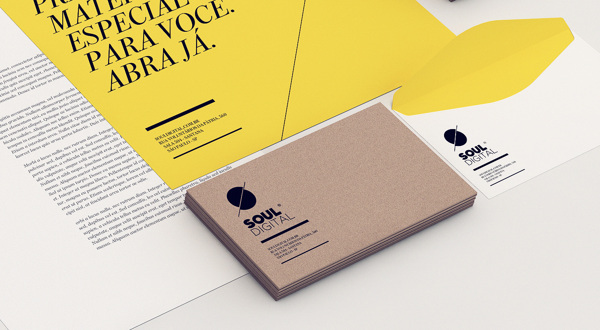Graphic Designers 101

Being a graphic designer entails hardwork, dedication and the passion for what you are doing. Some people might think that it�s just easy to do all those web and graphic designs. Well, it�s not! As a graphic designer, you have to cope with the constant technological advancements so that you you�ll have a chance in the tough competition. One of the latest technologies today is full color printing. To know the worth and benefits of full color printing is critical in the graphics industry as it increases the appeal of any designer�s artworks because it has the amazing capacity to capture an audience and maintain viewers and readers.
To maximize the value of color in your printing jobs, it is necessary to understand the way color is transformed from your monitor to the paper it is printed on. When designing your graphics on the computer, the colors appear in RGB (red, green and blue) format. This is how your television set and the monitor generate images. When viewing the printed output on paper, it appears in CMYK (cyan, magenta, yellow and black) format. It is essential to recognize the effects that the abovementioned change in the color format has on your design if your project is color critical and colors must be as close as possible to your initial expected color. In order for your target color to match the printed color, be sure to set up your file in CMYK format as printing companies will print directly from the file without comparing it to the onscreen image.
Pantone process color guide is a useful tool for maintaining your desired color image. This guide contains CMYK values for more than 3,000 colors which allow you to see the printing color that most accurately matches your desired color. Also, the guide shows how the color is affected by the different types of paper your image might be printed on.
Here are some helpful tips you must always remember when preparing files for full color printing to maximize the printing quality of your designs. First, ensure that the resolution is at least 300 dpi. Then, set up your file in CMYK instead of later converting it to CMYK. Next, check the CMYK % values against a Pantone book. Also, convert the files by yourself instead of letting the printer to do it for you. Finally, try using a calibrated monitor and colors within the CMYK color space.
Using color in printing is said to increase readership and information retention. And, to understand the difference between the various color formats and learn to use the appropriate tools other than your eyes to define colors will allow you to avoid common mistakes which can be a graphic designer�s worst nightmare.



Comments
Post a Comment